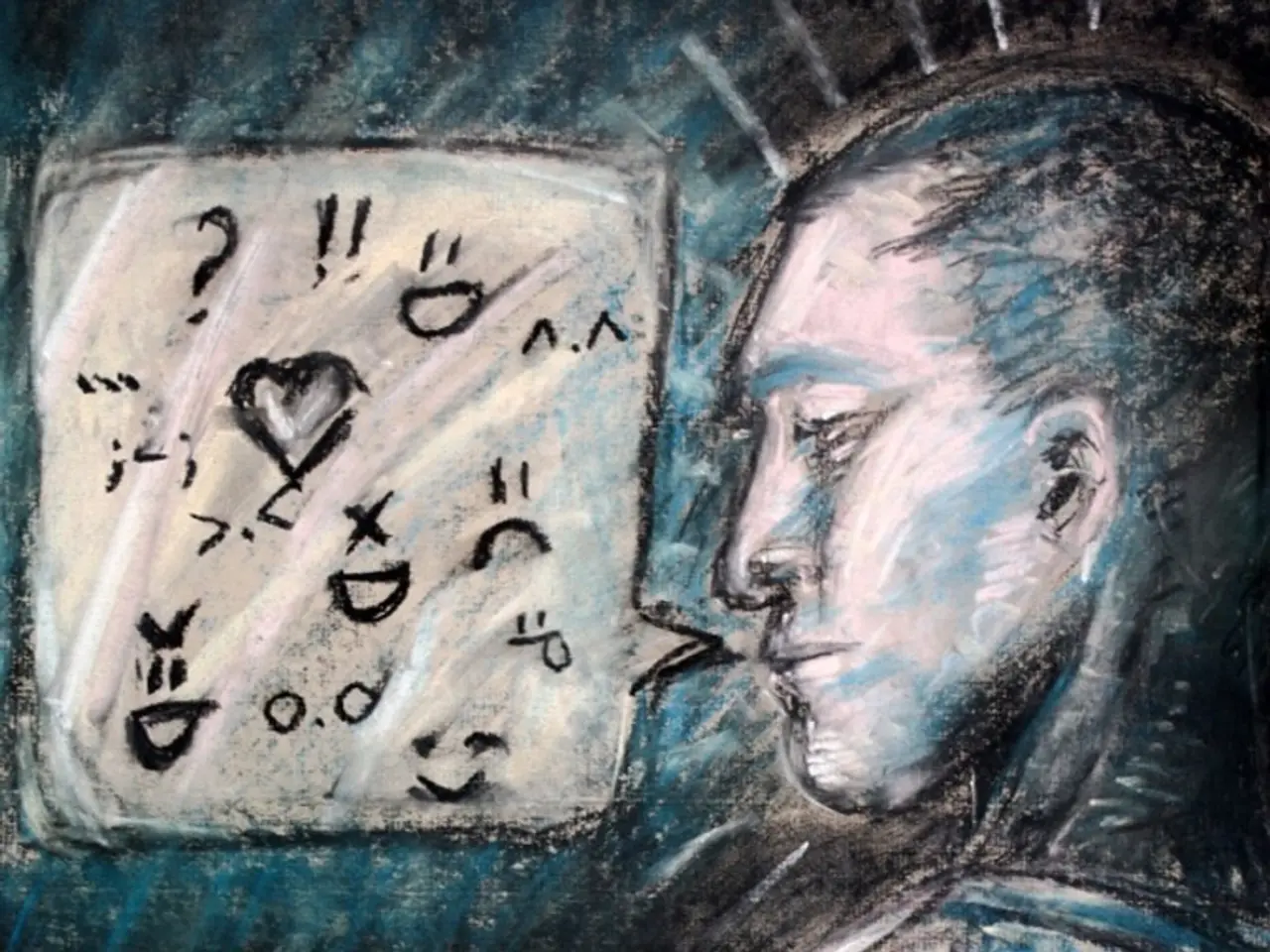Understanding the Role of Voiceover in Screenplays and Its Significance
====================================================
In the world of filmmaking, voiceovers have proven to be a powerful narrative tool, enhancing stories and providing insights that visuals alone cannot convey. From classics like Fight Club, Goodfellas, and The Shawshank Redemption to more recent films such as American Beauty, voiceovers have played a significant role in shaping the cinematic experience.
Voiceovers should complement and enrich the narrative, offering emotional depth and intriguing perspectives that visuals cannot match. For instance, in Fight Club, the voiceover reveals the narrator's psychological state and unreliable perspective, adding layers of complexity to the narrative. Similarly, Goodfellas uses voiceover to guide viewers through the criminal underworld from Henry Hill’s viewpoint, enhancing engagement and exposition.
Maintaining a coherent tone that aligns with the narrative style and character arcs is crucial. An inconsistent tone between voiceover narration and the visual storyline can confuse or misguide the audience. Poorly timed voiceovers might divert attention from important visual actions or dialogues, disrupting the flow of the story.
Voiceovers can disengage viewers when they repeat or reiterate visual content. Therefore, it's essential to integrate voiceovers strategically, supporting or anticipating scenes rather than competing with them. Aligning voiceovers with visuals that depict vulnerable or pivotal moments can heighten emotional impact.
In The Shawshank Redemption, the voiceover provides deeper insight into the protagonist Andy Dufresne's growth and resilience, making his journey more relatable and engaging. Similarly, in American Beauty, the voiceover illuminates characters' true emotions and intentions, enhancing understanding of their inner conflicts.
Voiceovers can also serve as tools for transitioning between scenes or time periods, providing context without visual clutter. In Goodfellas, the voiceover serves to guide through intricate plot lines and adds a personal perspective. Juxtaposing voiceovers with visuals can emphasize narrative tension or irony, creating a more immersive viewing experience.
In conclusion, voiceovers, when used effectively, can deepen the viewer's connection with the story, offering insights into characters' thoughts and feelings, and enhancing the overall cinematic experience. However, it's crucial to maintain a coherent tone, timely delivery, and strategic integration to ensure that voiceovers enrich the narrative rather than detract from it.








